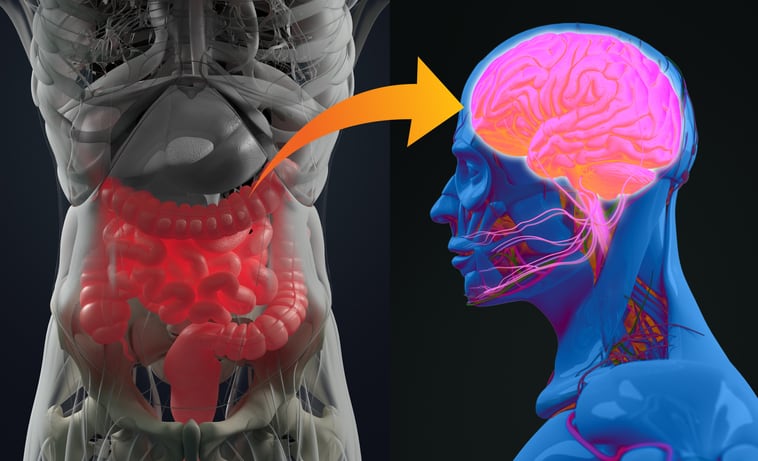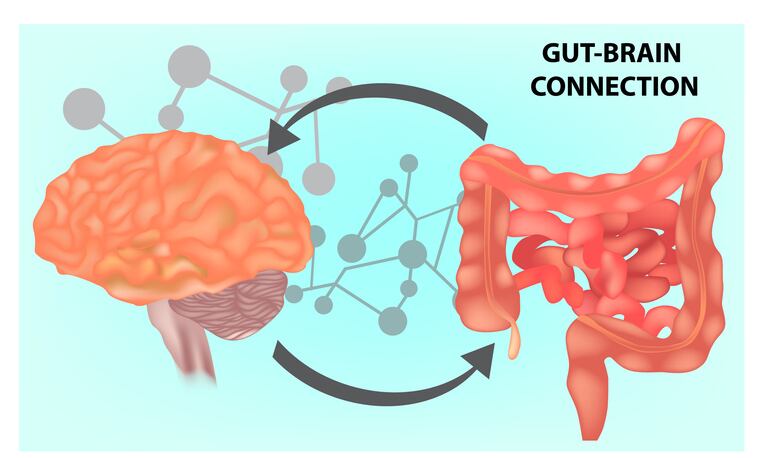Experts in the gut health space met for a webinar hosted by the Global Prebiotic Association (GPA) last week, to discuss the challenges involved in communicating the health benefits of prebiotics to consumers.
The conversation, chaired by Traci Kantowski, communications director for GPA, turned to social media as the experts pointed out the microbiome is an in-vogue area of health which consumers are happy to discuss online.
Panellists Lisa and Alana Macfarlane, identical twins and co-founders of the gut health education platform The Gut Stuff, have a strong online network with over 80,000 followers on Instagram. They regularly post and host online events such as live interviews with health experts so this is where their history as radio DJs comes in handy - creating entertaining and engaging content.
The twins pointed out that prebiotic food and drink companies assume they're only competing against other health and wellness brands for consumers' attention but they're actually competing against anyone else who might steal the consumer's attention, from Donald Trump and Barack Obama to the Kardashians and Justin Bieber.
It's for this reason that it's so important to keep marketing messages super simple and engaging.
Alana explained: “The things we’re talking about aren’t cool and they definitely aren’t sexy but you have to talk about it in a way which grabs people’s attention."
She added that some products on shelves might be fuelling confusion around gut health with their vague messaging. It is for this reason that The Gut Stuff works to educate consumers about the science behind gut health claims.
“The research is still very early in its development and a lot of the research is on mice, not humans. But already companies are making claims and saying their products have health benefits based on a study on one ingredient rather than based on their product as a whole and I don’t think that’s always clear to the consumer.”
The twins believe it is their sincerity which has endeared a lot of people to them.
Lisa explained: “We are open about the fact we are on this learning journey too and we’re very honest about telling people the science in this market is still very early days and that human health is very nuanced so the story is always more complex than it first appears."
She added that many consumers are so early in their education journey that many will even struggle with the notion that their microbiome benefits from a wider variety of foods.
“The concept of addition rather than restriction is still a difficult one for consumers," Lisa explained. "People often think they need to be dairy free and gluten free and whatever else in order to stay healthy so the idea of having variety is in competition with what they currently believe. That’s the first hurdle to overcome before we even get on to discussing probiotics and prebiotics.
“For the moment, it’s about taking small steps – we aren’t going to get people passionate about short chain fatty acids but we can help people get up the first rung of the ladder.”
Kantowski pointed out that one big issue for the industry is that there isn’t one regulatory definition of what a prebiotic is, so the GPA has created one – "A nutritional product and/or ingredient selectively utilised in the microbiome producing health benefits".
She added that there are three key ways that a prebiotic will support the microbiome - support and feed, increase and produce, or balance and optimise - and all three of those functions are important to communicate to consumers.
Lisa and Alana said the phrase ‘prebiotics feed the good gut bacteria’ tends to be a comprehensible notion for most of the consumers they speak to and for consumers who are very new to the category sometimes it's better to stick to that basic phrase rather than confusing with any further information.
Kara Landau, founder of the brand Uplift Food which sells prebiotic snacks and powder, agreed the messaging needs to remain simple until the category is better established and consumers better educated.
“Using the term ‘feed’ or ‘acts as the fuel’ are the simplest words to use that people can wrap their heads around. Unfortunately that doesn’t cover all three of the ways they support the microbiome but with where consumers are currently at, that is the messaging I would use.
“When you’re talking to health professionals or people in the medical space you can start to go into the production of short chain fatty acids (SCFA) and effects of specific strains of bacteria.”
She agreed with the twins that social media, particularly Instagram, is a great place to take the gut health conversation. She creates a lot of free publicity for her brand on this channel through her network of influencers and dietitians who have large online followings. She said many of her connections are happy to talk about gut health whether that be via social media posts, face-to-face events, online conferences or Instagram Q&As.
“That’s an authentic way to spread the message and social media is a great space to utilise as it’s important to connect with young dietitians as they will be the ones providing nutrition advice to the next generation.
“I also find that they are usually very keen to work with me and discuss gut health because it feels like a very progressive subject – it puts them ahead of the health curve.”
She added that there are three key communication strategies that Uplift uses to communicate the health benefits of the prebiotics in its products.
“Firstly, we connect prebiotics with another ingredient that consumers understand – such as probiotics or fibre.
“Secondly, we associate prebiotics with something positive – we do this with out product names like ‘gut happy cookie’ and ‘the daily uplifter’, and positive imagery.
“Thirdly, we talk about the ingredients from which we source our prebiotics, such as tapioca fiber and kiwi powder, because these are a lot more tangible to a consumer. We also provide imagery of the ingredients on pack and in marketing materials.”





